How to Optimize Production with a Hollow Blow Molding Machine
Hollow blow molding machines are pivotal in manufacturing a wide range of plastic products, from bottles and containers to automotive components. Optimizing their performance is crucial for enhancing productivity, reducing costs, and maintaining product quality. This guide explores key strategies to maximize efficiency and output.
1. Machine Setup and Calibration
Proper setup and calibration are foundational to optimizing blow molding operations. Incorrect parameters can lead to defects like uneven wall thickness, warping, or flash.
1.1. Temperature Control
Maintaining precise temperature profiles across the barrel, die, and mold is essential. Excessive heat can degrade the polymer, while insufficient heat may cause poor parison formation.
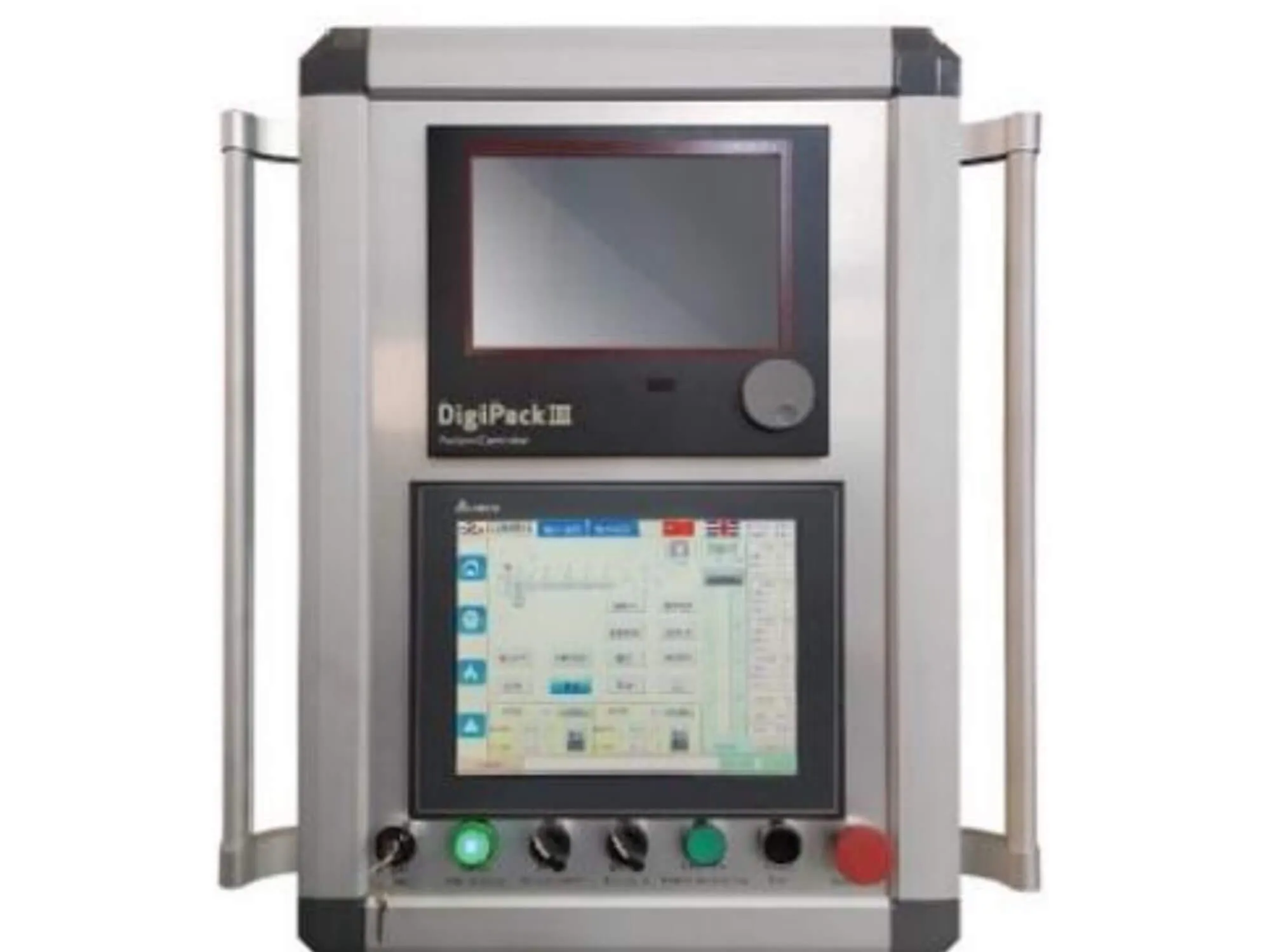
1.2. Parison Programming
Program the parison (the tubular plastic precursor) to match the mold geometry. Use programmable logic controllers (PLCs) to adjust extrusion speed and wall thickness in real-time.
| Parameter | Optimal Range | Impact on Quality |
|---|---|---|
| Melt Temperature | 180°C - 220°C (for HDPE) | Affects surface finish and strength |
| Blow Pressure | 5 - 25 bar | Determines detail replication |
| Cycle Time | 10 - 60 seconds | Directly influences output rate |
2. Material Selection and Handling
Choosing the right polymer and ensuring proper handling can significantly impact production efficiency.
2.1. Polymer Grade
Select grades with appropriate melt flow index (MFI) and environmental stress crack resistance (ESCR) for your application.
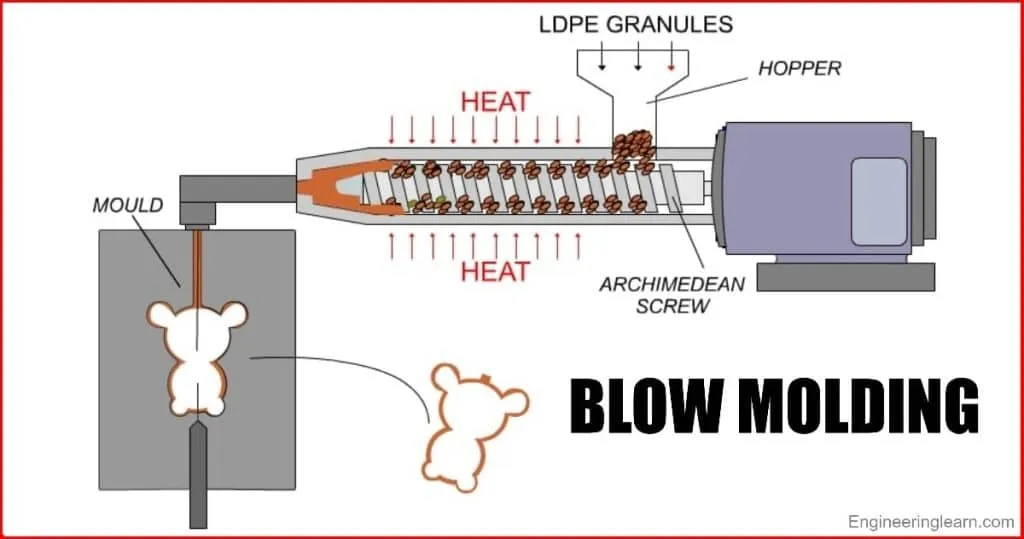
2.2. Drying and Conditioning
Hygr oscopic materials like PET must be dried to prevent voids and degradation. Use dehumidifying dryers with dew points below -40°C.
3. Mold Design and Maintenance
Molds are critical in defining product quality and cycle times.
3.1. Cooling Channel Optimization
Efficient cooling reduces cycle times. Use conformal cooling channels that follow the mold contour for uniform heat extraction.
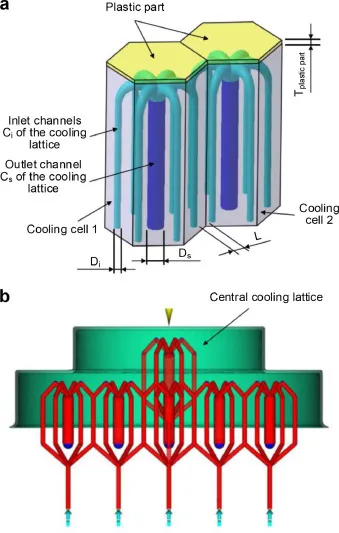
3.2. Venting and Surface Finish
Proper venting prevents air traps, while the right surface finish (e.g., EDM, polishing) affects part release and aesthetics.
4. Process Automation and Monitoring
Integrating automation and real-time monitoring systems minimizes human error and enhances consistency.
4.1. Robotics and Part Handling
Use robotic arms for demolding, trimming, and stacking to increase speed and reduce labor costs.
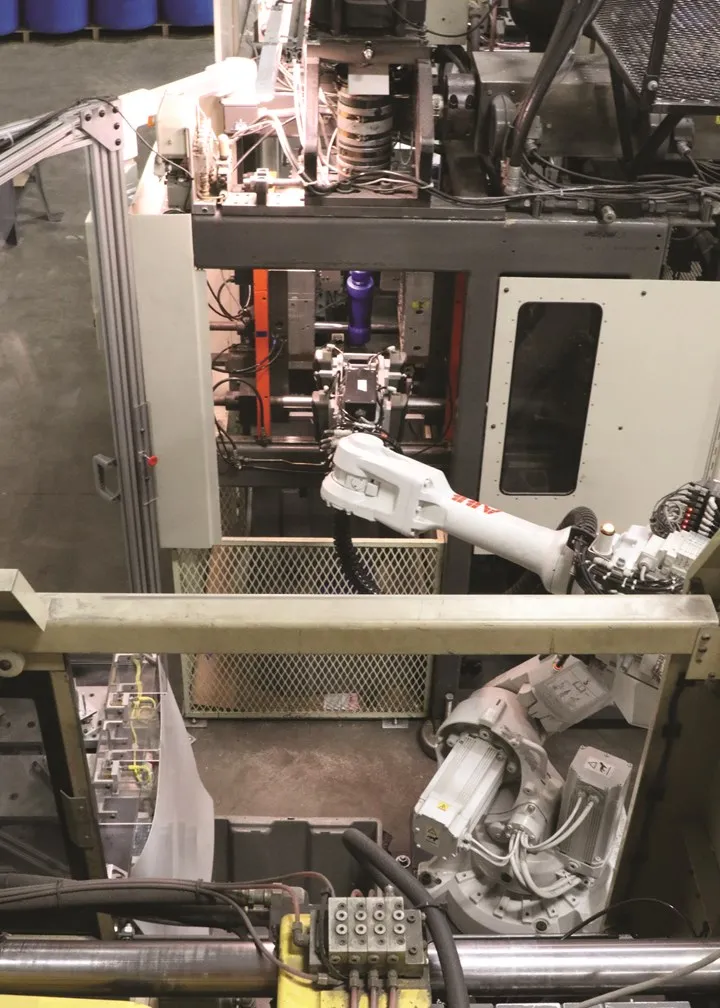
4.2. IoT and Data Analytics
Implement sensors to track machine performance, energy consumption, and predictive maintenance needs.
| Monitoring Metric | Tool/Method | Benefit |
|---|---|---|
| Wall Thickness | Ultrasonic Sensors | Prevents under/over-blowing |
| Cycle Consistency | PLC Logs | Identifies timing deviations |
| Energy Use | Smart Meters | Reduces operational costs |
5. Maintenance and Troubleshooting
Proactive maintenance prevents downtime and extends machine life.
5.1. Regular Inspections
Schedule daily checks for hydraulic leaks, screw wear, and clamp mechanism alignment.
5.2. Common Defects and Solutions
Address issues like die lines (clean die), brittleness (check material dryness), or poor sealing (adjust blow pins).
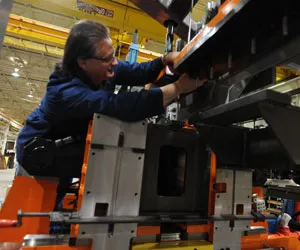
Conclusion
Optimizing a hollow blow molding machine involves a holistic approach encompassing machine settings, material science, mold engineering, and digital integration. By implementing these strategies, manufacturers can achieve higher throughput, superior quality, and greater profitability.

